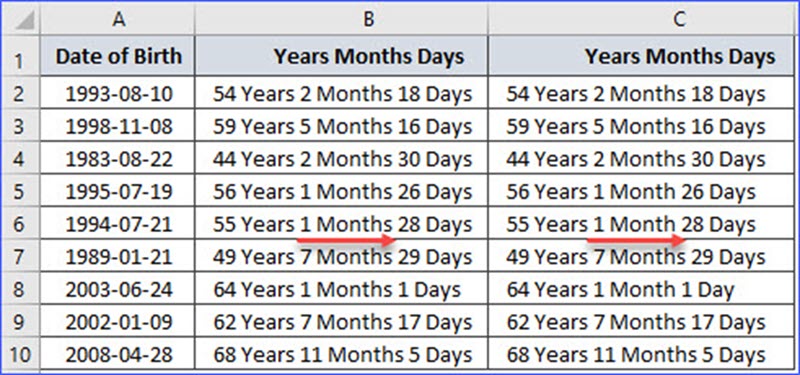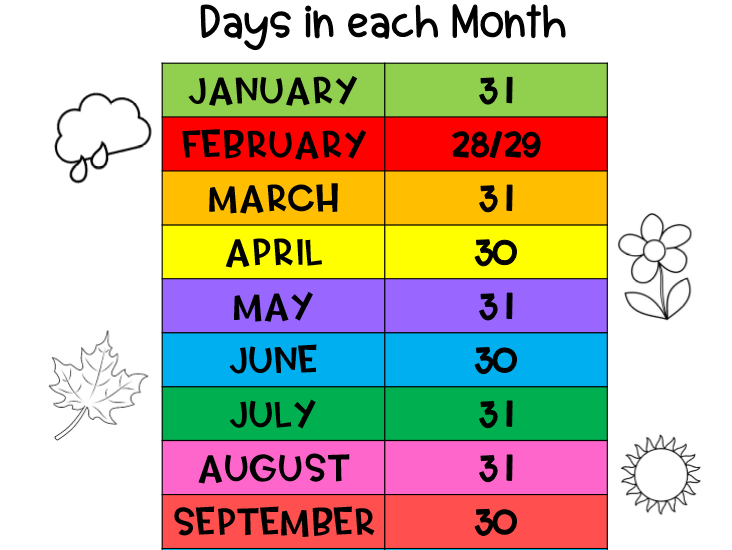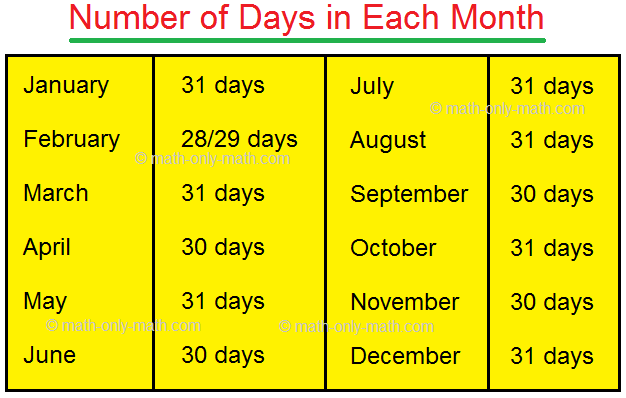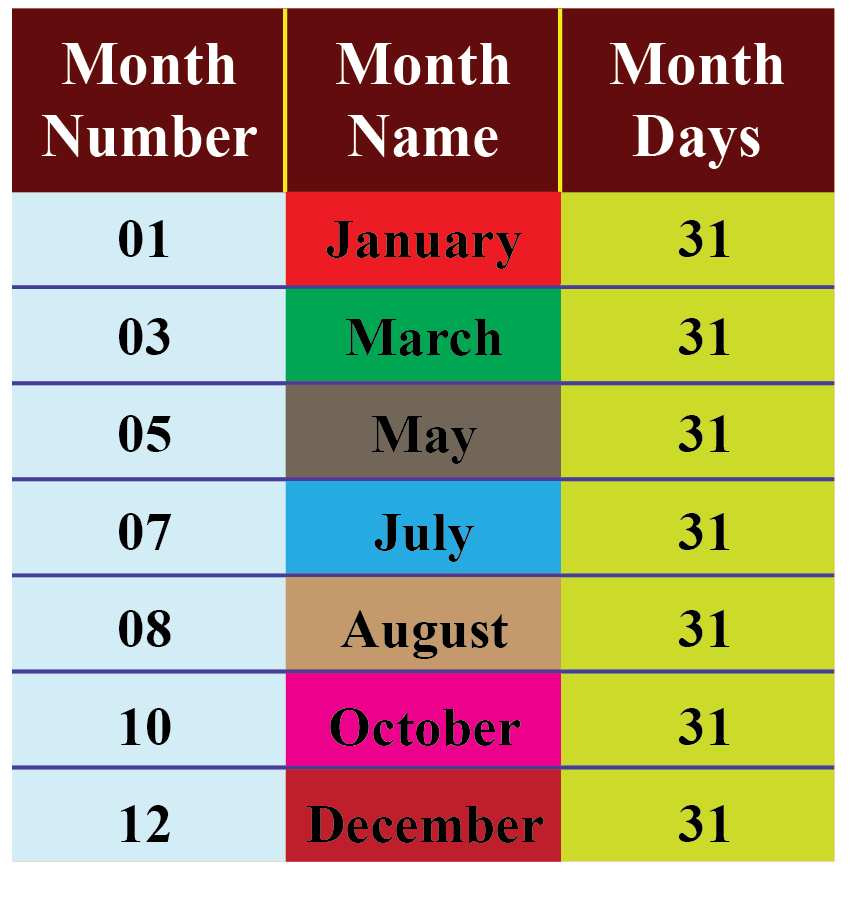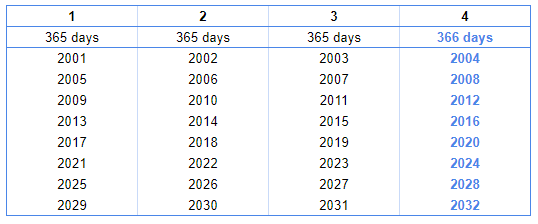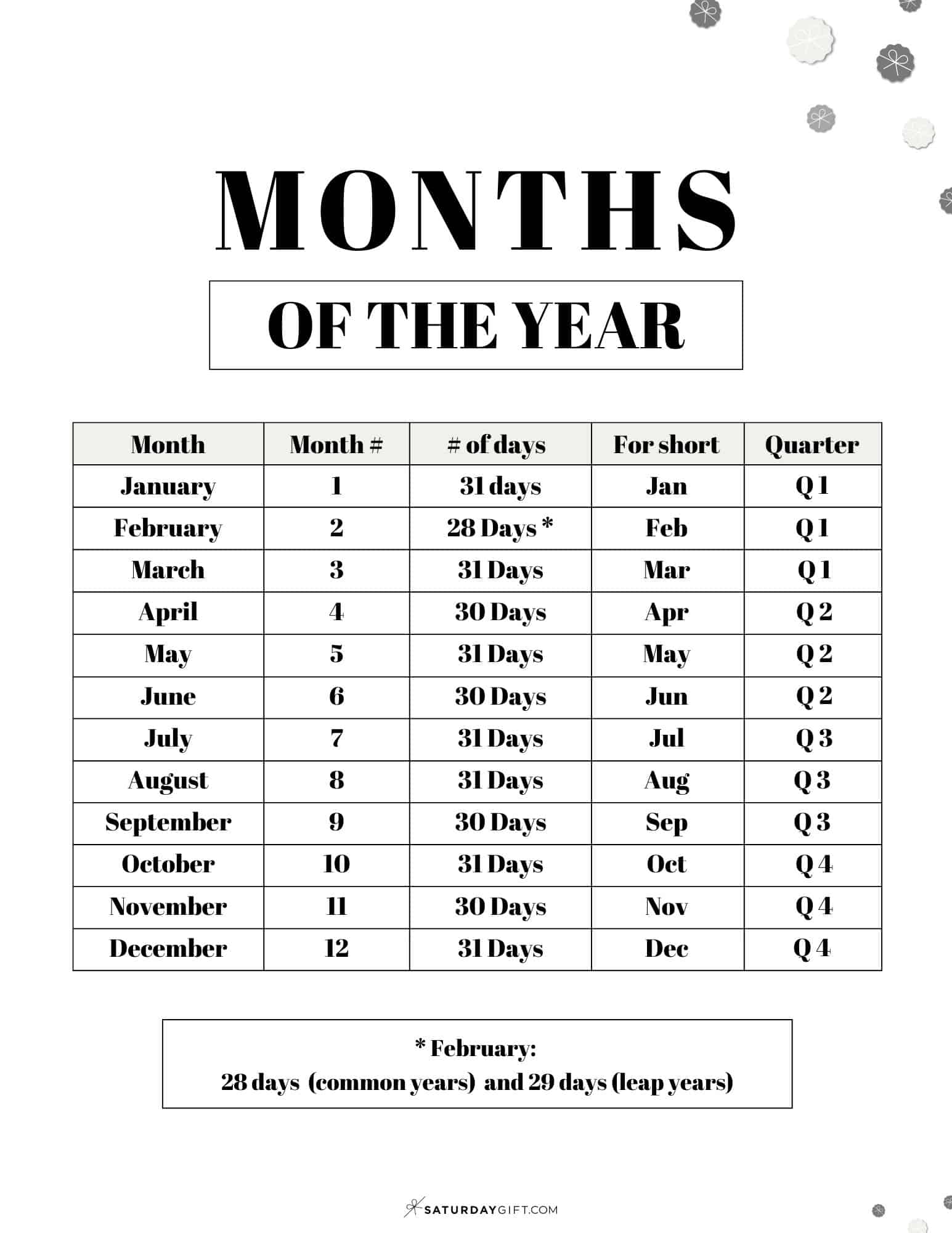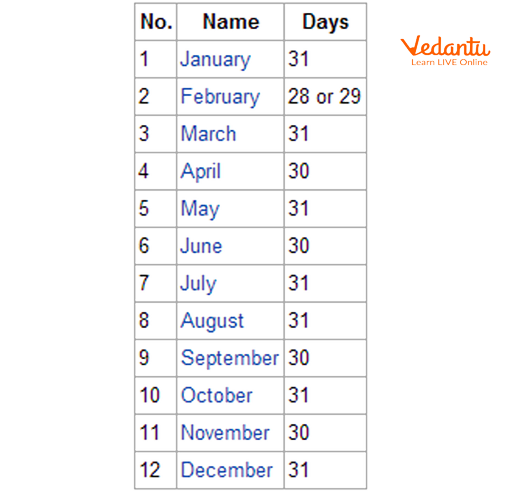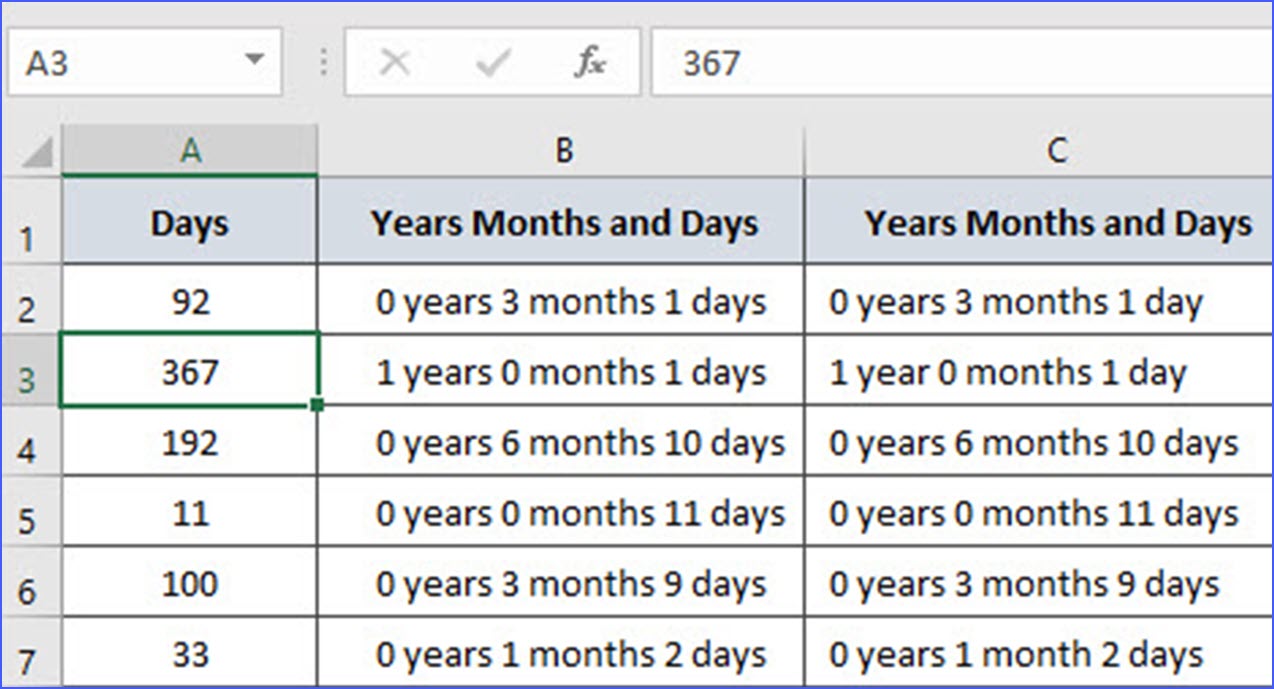How Long Is 140 Days In Months

The question seems simple: How long is 140 days in months? Yet, the answer is surprisingly nuanced, revealing the inherent irregularities in our calendar system. This seemingly straightforward calculation impacts numerous aspects of our lives, from contract deadlines to pregnancy timelines, underscoring the importance of precise conversions.
Understanding the conversion of days to months requires navigating the variable lengths of the months themselves. While a commonly cited approximation is 30 days per month, this simplification masks the reality that months range from 28 to 31 days. The complexities involved demand a more thorough examination, particularly when accuracy is paramount.
The Nut Graf: Unpacking the Calculation
The conversion of 140 days into months isn't a fixed, singular value. Instead, it yields a range depending on the method used. A basic division using an average month length of 30 days results in approximately 4.67 months. However, a more accurate calculation, factoring in the actual lengths of months, provides a slightly different result, typically ranging between 4.5 to 4.7 months, dependent on the specific months considered.
This discrepancy highlights the limitations of using a generalized conversion. The implications of these seemingly small differences can be substantial, especially in scenarios where precise timelines are crucial. Such precision often dictates how we plan events and manage our time.
Method 1: Using an Average Month Length
The simplest method involves dividing the total number of days (140) by the average length of a month, commonly taken as 30.44 days. This average is derived from the total number of days in a year (365.25, accounting for leap years) divided by 12 months.
Therefore, 140 days / 30.44 days/month equals approximately 4.60 months. While this provides a quick estimate, it's crucial to recognize its inherent inaccuracy, particularly for applications requiring precision.
Method 2: Accounting for Variable Month Lengths
A more precise approach involves considering the specific lengths of months within the Gregorian calendar. This method requires identifying a starting date and then counting forward 140 days, noting the months spanned during that period.
For instance, if we start on January 1st, 140 days would extend into May. The exact number of months would be somewhere around 4.5 to 4.7, calculated by summing the days in January (31), February (28 or 29), March (31), April (30), and then a portion of May. The outcome varies slightly depending on whether February has 28 or 29 days (leap year).
Let’s suppose February has 28 days. Then January, February, March and April have (31+28+31+30)=120 days. The remaining 20 days are in May. In this case, it is 4 full months and 20/31 of the month May. This is approximately equal to 4.65 months.
Applications and Implications
The conversion of days to months has broad applications across various sectors. In the realm of finance, for example, loan repayment schedules or investment timelines often involve converting days into monthly periods for calculating interest or returns.
In healthcare, calculating gestational periods or medication schedules relies heavily on accurate day-to-month conversions. Construction projects utilize these calculations for project milestones, while legal contracts might define deadlines or durations in terms of days, necessitating conversion for practical understanding. Miscalculations can lead to significant financial or logistical problems.
Expert Perspectives
Calendar experts emphasize the importance of context when converting days to months.
"There is no universally 'correct' answer without specifying the beginning date and considering leap years,"states Dr. Emily Carter, a professor of astronomy at the University of California, Berkeley. Her research focuses on historical calendar systems and their impact on modern timekeeping.
According to the National Institute of Standards and Technology (NIST), which maintains official timekeeping standards for the United States, the most accurate method involves utilizing date calculators that specifically account for variable month lengths and leap years. These tools minimize the potential for error in critical applications.
Future Considerations
As our reliance on precise timelines grows, the need for more accurate and readily available conversion tools will likely increase. The development of sophisticated calendar applications and online converters reflects this trend, offering users the ability to quickly and accurately convert days to months while accounting for various factors.
Looking ahead, advancements in timekeeping technology may even lead to the adoption of alternative calendar systems that minimize the inconsistencies inherent in the Gregorian calendar. While such a shift is unlikely in the near future, it underscores the ongoing quest for more precise and reliable methods of measuring time.
Conclusion
The seemingly simple question of how long 140 days is in months reveals the complexities of our calendar system and the importance of accurate timekeeping. While approximations serve a purpose, precise conversions are crucial in numerous applications. Ultimately, the 'correct' answer depends on the specific context and the level of accuracy required. Understanding the nuances involved ensures better planning and decision-making in all aspects of life.
